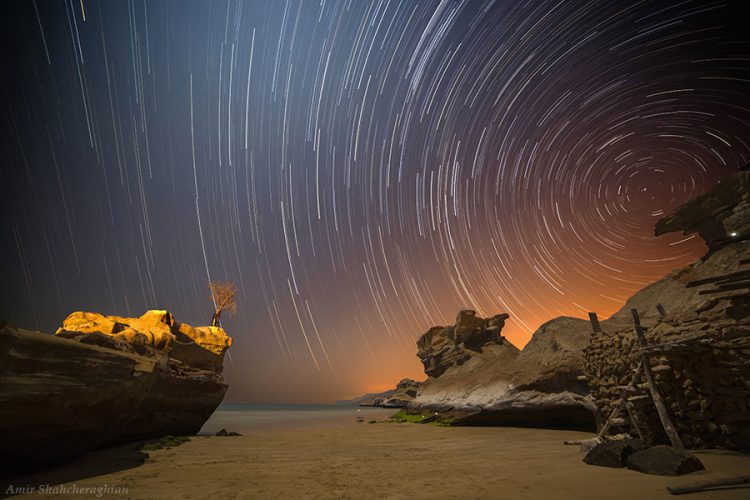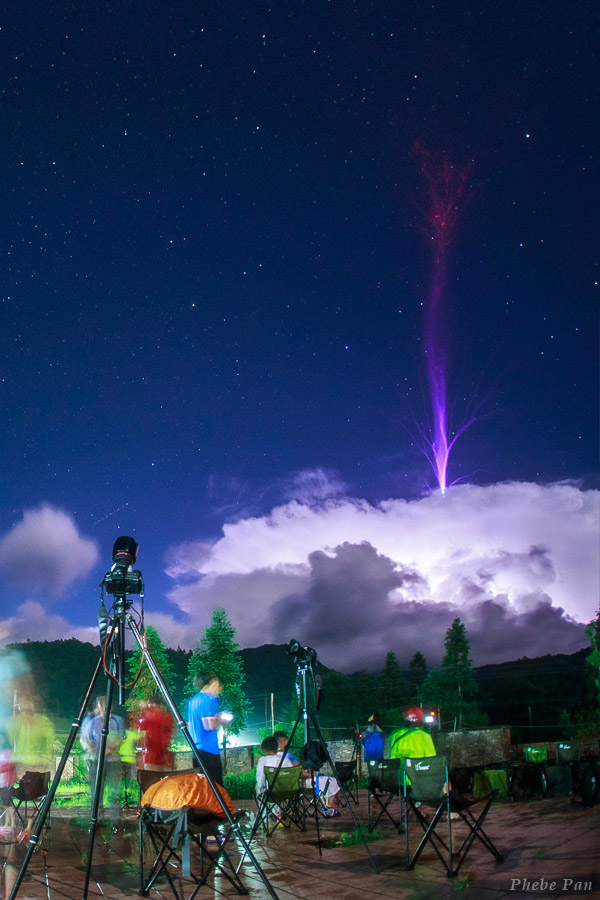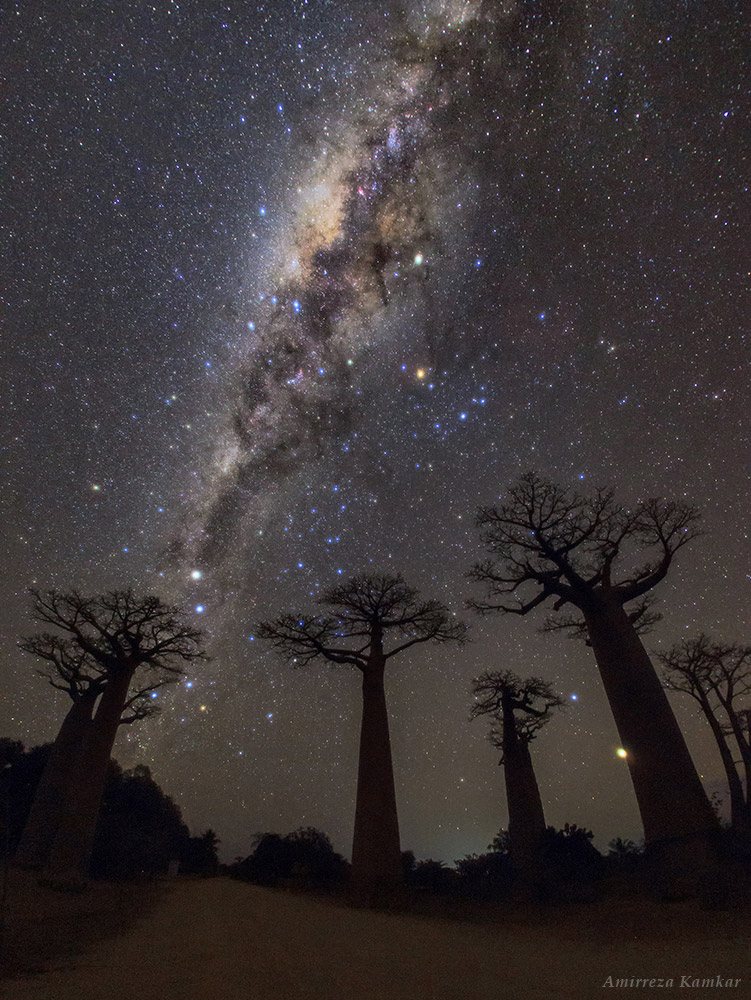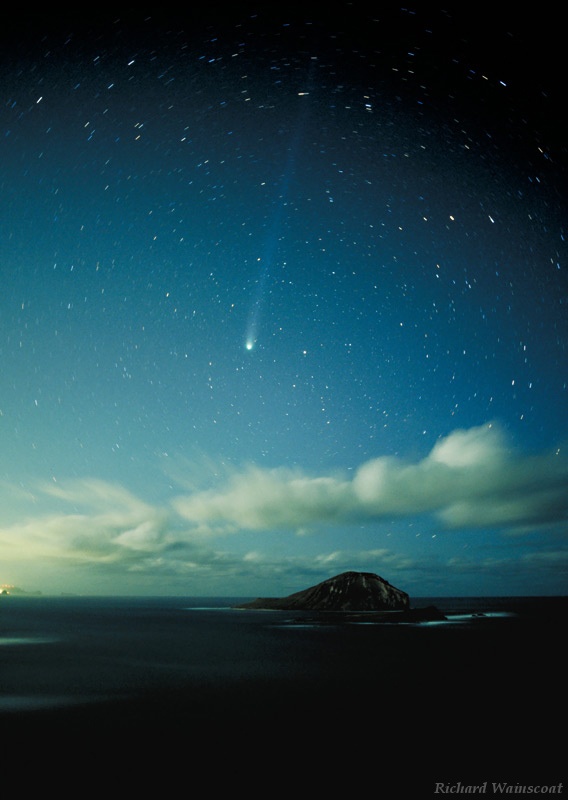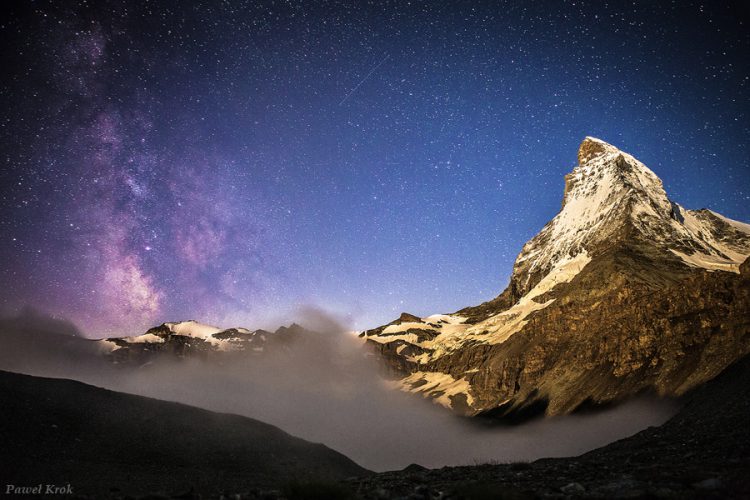How to Submit Images
Guest Gallery Submission Guideline
We are looking for the best photos and videos from your part of the world, where we can see your unique nighttime celestial sky above scenic, natural, cultural, or historic landscapes. Your patience and understanding is appreciated as our editors should review each single submission and publish the selected images that meet our criteria. We encourage you to send us your very best unique work but please do not feel discouraged if your work is not selected this time around.
Create an Account & Upload
Sign up for free on TWAN website. Click on your user icon in the top right corner of the page. Then choose "add photo”. In the mobile version tap on “…” to see this. After the information is filled click "add photo" at the bottom of the page to submit. Our team will evaluate your submission over the next several days and publish the selected images.
Image Size and Format
Images must meet the minimum resolution requirement of 1000px long and no larger than 3000px long, and less than 5MB in size. Most submitted images are less than 1MB. Please do NOT submit full resolution images, Tiff or RAW files, unless requested by our team for originality evaluation.
Please do NOT upload photos with borders, graphics, text (except as secondary image). You can add a low-opacity grey watermark on a bottom corner of the image to protect your copyright but please avoid large bright watermarks overlaid which affects the visibility and beauty of your work. If you upload images with constellation guide or labels, also submit the non-annotated version. They will appear on the same page as the secondary image.
Videos
Currently you can not upload videos but please submit sharable video links that are placed on YouTube or Vimeo pages. If selected, we will embed them from there.
Caption and Technical Information
In order to evaluate the submission and to see if its meets our criteria we need the image technical details. Please note that the information you provide for the caption may be slightly edited.
What Content to Submit
TWAN-style or nightscape photos that we present are made at night and includes a unique and interesting Earthly foreground. The background sky includes celestial objects. The overall composition should be visually appealing and the exposure and focus are properly done. Original ideas and images with a unique story to share with the rest of the world are highly welcomed.
We do not accept digital art or any other form of non-photographic image. Single-exposure photos and panorama and mosaics made of the fixed camera setting are our preferred submissions. Simple startrails images made of a timelapse sequence are accepted too. We do not accept digital blending of separate foreground and sky, made at totally different exposure or from different places or times or through different lenses. Elements of the sky such as the moon and stars are a part of the natural world and in the nature documentary photography they are not accepted when relocated or added to the image.
Natural Looking Sky Images
Starting nightscape photography is fast and easy using today sensitive digital cameras. But there are challenges too: going to bizarre locations, planning carefully to be in the right place at the right time, and making the effort to learn some practical astronomy. However many photographers who try nightscape style are unfamiliar with astronomy and in particular with the natural look and color of the night sky. We often had some stunning compositions and amazing night-time landscapes in the submissions that were ruled out because they had "over-cooked" processing with strongly saturated colors, unnaturally high contrast, and sometimes completely inaccurate color palettes. We received images of the Milky Way in nearly all the colors of spectrum, some processed it to romantic blue, some purple, red, or even green — but surprisingly fewer with a natural-looking pale yellow Milky Way. Perfect examples of natural-color Milky Ways are Akira Fujii film images from the Southern and Northern Hemispheres.
Altering natural colors too much is considered fakery in landscape photography. If you publish a photo of a blue sunset it’s clear that either there is something badly wrong with your camera/processing or you were the first human on Mars to see this view! Part of the problem of color-altered night sky images happens in the photo-processing when trying to remove the red cast of light pollution or airglow.
Copyright
You remain the full copyright owner of the images that appear on TWAN website. Your submission gives us permission to post the content on our website and social media platforms with proper attribute to the photographer. All images submitted must be your own work and you must be the sole author and owner of copyright. It is your responsibility to ensure that your work complies with ownership and copyright requirements. Images submitted must not be obscene, defamatory or in breach of any applicable legislation or regulations. It is your responsibility to ensure you have the relevant model or property releases and permissions, where required.

